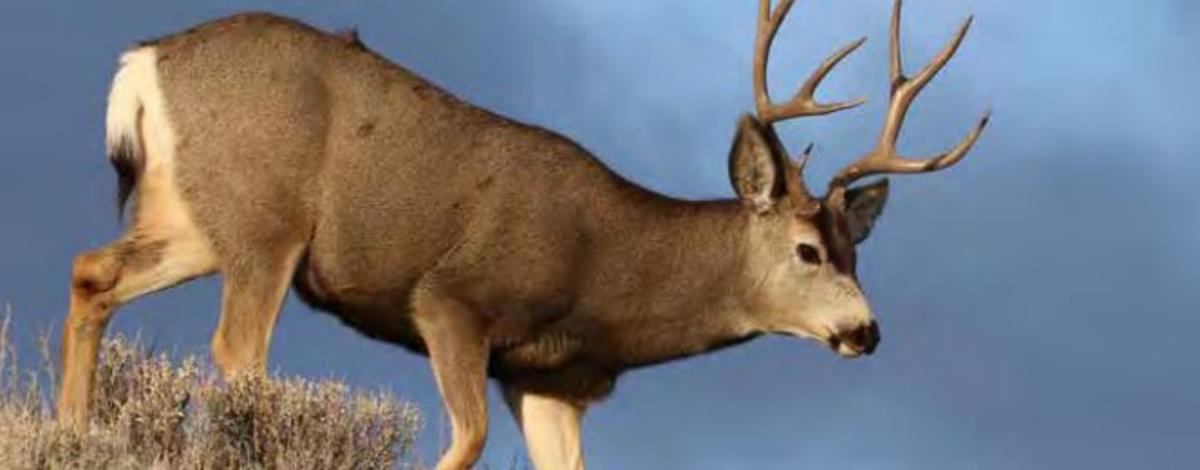Is that a mule deer or a white-tailed deer? A moose or an elk? A black bear or a grizzly bear? These are questions asked and thoughts pondered by many a sportsman each hunting season.
While it may seem like an easy task, correctly identifying your target species can be challenging at times. Weather conditions, distance from the animal and misleading appearances can be factors that complicate the task.
Freshen up your identification skills by reviewing characteristics of a few species in Idaho that are commonly misidentified.
Mule deer versus white-tailed deer
Mule deer:
- Large ears relative to their heads
- White rumps
- Rope-like tail with a black tip
- Antlers of older males fork and fork again
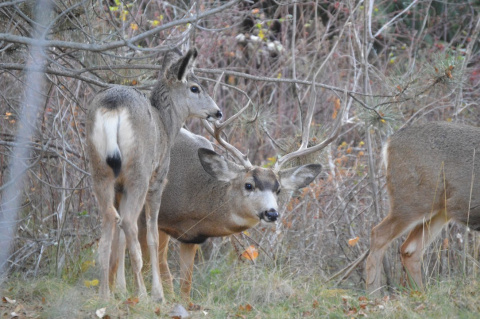

White-tailed deer:
- Small ears relative to their heads
- Brown rump
- Brown tail with white fringe
- Bottom of erect tail is completely white
- Antlers of older males consist of main beams with tines pointing upward
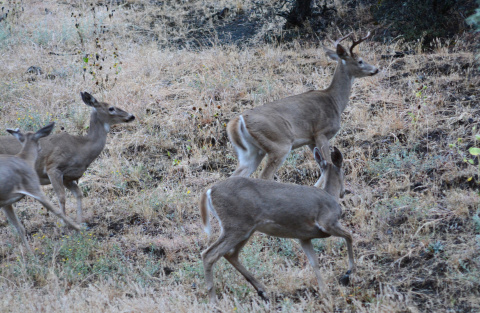

Moose versus elk
Moose:
- Dark brown to almost black fur; uniform color across the body
- Dewlap or “beard” (fur-covered skin below the chin)
- Dorsal hump behind the neck
- Wide palmate or paddle-shaped antlers (male)
- Long, broad nose with visible fatty pads near nostrils
- Solitary; though females may be seen with calves or yearlings
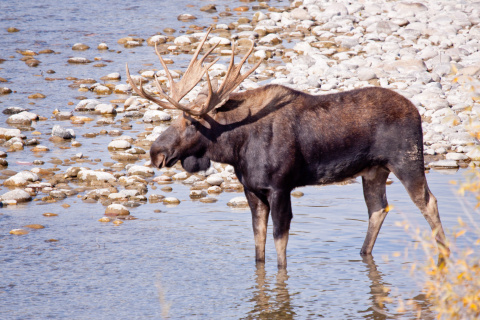
Elk:
- Tan to brown in color with light-colored rump; darker neck and head
- No dewlap
- Narrow, more pointed nose
- Branched antlers (single beam with tines); in older males, antlers sweep back toward the rump
- Social; commonly observed in small groups or herds

Black bear versus grizzly bear
Black bear:
- No prominent shoulder hump
- Straight face profile
- Tall ears
- Short claws (1-2”)
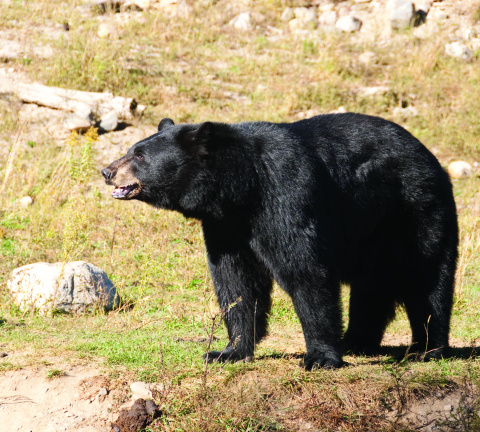
Grizzly bear:
- Prominent shoulder hump
- Dished face profile
- Short, rounded ears
- Long claws (2-4”)
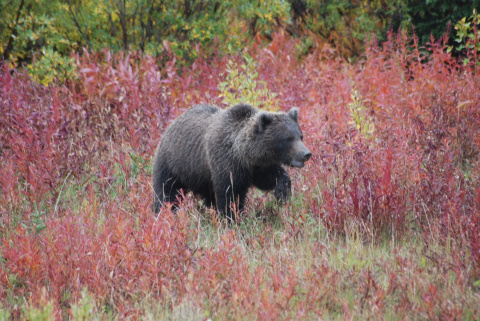
Never rely on size and color to determine the species of bear, as both can be misleading. Pictured below is a nearly black-colored grizzly bear. For additional training resources on identifying bear species, check out this link.
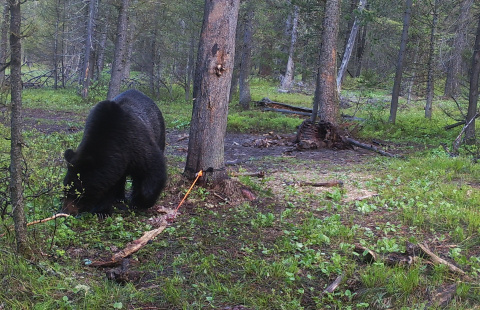
Why it matters
Cases of misidentification result in the harvest of animals that were not intended to be harvested – both by sportsmen and Idaho Fish and Game.
Hunting seasons and rules are set using the best information available to ensure hunting, trapping and fishing remain available to future generations. While a few cases of misidentification may not negatively affect a wildlife population, more widespread occurrences can.
In addition, cases of misidentification may result in citations being issued, which negatively impacts the sportsmen involved. It is the responsibility of hunters to correctly identify their target species and know when and where hunting for that species is allowed. Make sure to review the 2022 Idaho Big Game Season and Rules brochure so you are in the know.
For more information or if you have questions, please contact the your local Fish and Game Regional office.

